Split has been one of VALORANT’s most divisive maps since the hero shooter’s closed beta, and continues to present players with a variety of unique challenges.
If you’ve played VALORANT for any stretch of time, you’ve likely heard the phrase “attacker-sided” or “defender-sided” when referring to various maps in the game’s pool. Split is one of the most one-sided maps in the game, and despite balance changes, it continues to be incredibly difficult for players on the attacking side.
If you’re stumped after countless games where your team can’t seem to establish a good strategy for your attack side, we’ve got you covered. Here is our guide to attacking on Split.
The basics of Split in VALORANT
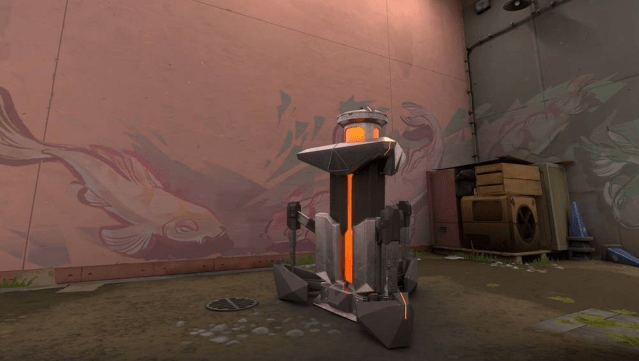
Each map in VALORANT has its own gimmick, or feature characteristic that sets it apart from any of the other maps. Split certainly pushed the envelope in terms of map design, and understanding the key features of the geometry and architecture will help you to succeed.
In short, Split is all about verticality. As one of VALORANT’s maps with the most intriguing setup of various levels, ropes, and sudden drops, defenders have an inherent advantage by having control of the high ground first.
High-ground control is important because it gives you a vantage point as well as a safety net for attackers with a weaker angle down below. Assessing the status of a site or area and making a plan to defend or attack it is much, much easier from the high ground.
Though there certainly are ways to attack on Split without getting high-ground control, this will often leave defenders with an easy time re-taking the site even if you gain control and are in a position to guard the spike plant.
So, our strategies focus on how to:
- Gain high-ground control as attackers.
- Cut off high-ground areas so defenders’ control of them gives less of an advantage.
The best VALORANT agents on Split
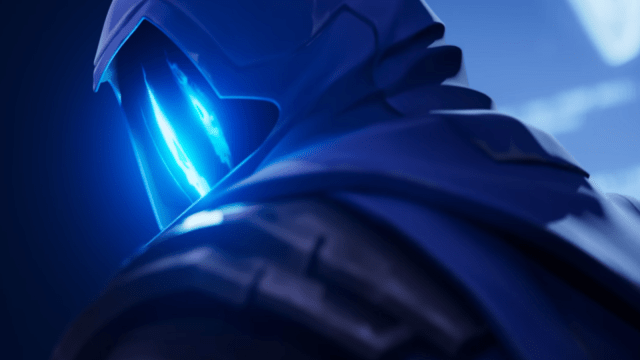
The best agents to use on Split are those who can capitalize on vertical attacking points while also having easy escape methods if they are caught out vulnerably on the low ground.
The best controller agent on Split is Omen, seconded by Astra.
Omen’s teleportation ability gives him a huge advantage not only in being able to easily traverse between high and low ground but also in hiding behind Split’s many boxes and tight corners. His ultimate, From the Shadows, also works particularly well on this map, and he can catch enemies easily off guard.
Astra shines on Split because of the flexibility of her smoke placement. Though she can’t get her smokes down as precisely as Omen, she comes pretty close and also can adapt on the fly, as long as she places her stars in a few key locations on the map, which we will go over later.
For sentinels, most teams will want a Killjoy or Sage. Killjoy can capitalize on the map’s verticality by placing her utility in a wide variety of interesting locations, and while some people may be sick of a Sage wall in mid, you can’t deny its effectiveness.
Duelists Jett and Raze are best on Split. Jett thrives with her escapability, while Raze’s explosive utility shines in the map’s tight corners. Her Boombot is also more effective on this map than it is on most others.
For initiators, you’ll want to go for Skye most of the time, as she can easily navigate her utility precisely around corners. Sova is an absolute no-go on this map because he can’t get his darts in useful positions around the map’s tall buildings without sacrificing his own life.
The best strategies to attack on Split in VALORANT
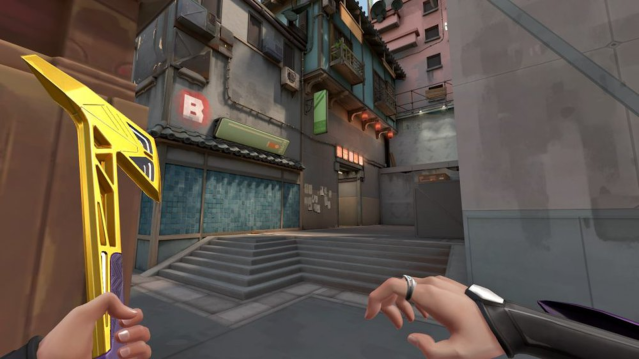
To begin, it’s important to know, on any VALORANT map you play, where are the safest places to plant the Spike. Just because a site is massive, it doesn’t mean every area of the site is actually usable as a plant location.
Here is our diagram of the best places to plant the Spike on Split.
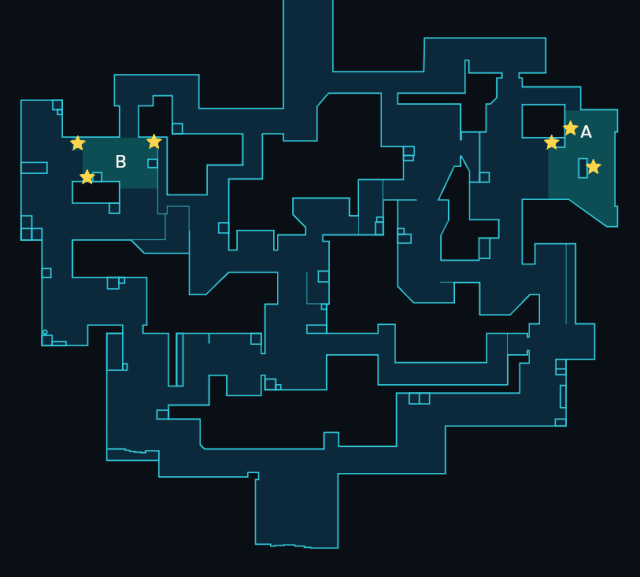
In most cases, you want to plant the Spike in a protected area behind a wall or where the enemy has to put themselves in danger to reach it. You’ll also want to plant in a spot where a teammate will be able to protect the bomb from afar, whether that is with lineups or by watching one set angle.
Based on where you plant the Spike, you’ll have different priorities for where to set up your team to hold angles. Once the Spike is down, make sure each teammate is holding a different angle, setting up a crossfire so that you can protect each other and the bomb itself.
But how do you even get on to the site in the first place? A key component of attacking on Split is deciding what your strategy will be regarding the middle section of the map. Of all the maps in the game, few have such a decisive area of the map as Split has on mid. Regardless of where you choose to attack from, you’ll want to know what is happening in that area.
The first, and most obvious way to attack, is to simply take the most direct path: through each site’s respective main area and onto the site. But, there are a few things you should make sure to do before you send your Raze player blazing in ahead of you.
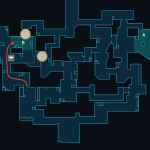
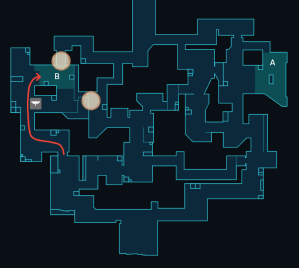
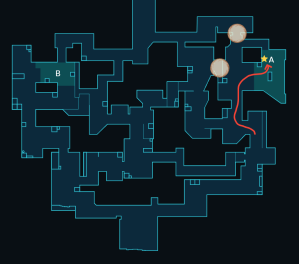
If you’re attacking through B Main, you’ll want to have your controller player put one smoke on Heaven immediately. As we’ve established, this high vantage point gives the defenders a huge advantage, and you will usually find a player holding there. The smoke for the entrance to the defender spawn can be delayed until a teammate plants the Spike.
A huge component of this standard B main push is the gap between the hall and the actual site that you need to cross. In our diagram, we’ve added a Skye flash in this spot, because using a flash or other piece of utility is generally necessary to successfully cross this gap. Do not attempt to run out of B main with no utility if you want to complete your attack alive
For our A site push, the rules are generally the same, but have your controller player reverse the order they put their smokes down. You’ll be peeking the angle for A Screens first, so put that smoke down immediately, followed by the smoke on A Heaven once you begin to push out.
A site is a bit different because you’ll always want to have one teammate trying to gain control of A Heaven. Since it is much easier for defenders to flank back to A main entrance, you’ll need someone to watch that area. For this reason, if you’re going to take the approach of ignoring mid entirely, A site is more difficult to attack.
The mid area on Split is so significant because it allows for attackers, if they control that space, to push into the heaven area of both A and B sites, therefore taking the high ground away from the defenders if they execute it correctly.
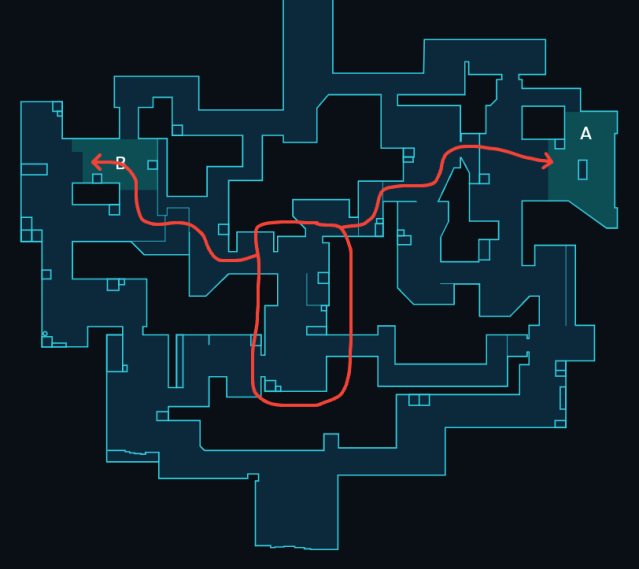
Though this pathing might look risky, it actually is a very effective way of gaining map control on Split. If you choose this strategy, however, you will be taking early fights and will have to be prepared to take duels and trade out your teammates. The first step is gaining control of the circled area in the diagram, and pushing through Heaven and onto the site from there. You’ll want to leave at least one player in Heaven regardless of which site you’re going to because you don’t want to give up the high-ground control for free.
Keep in mind you will want to place your smokes slightly differently if you’re planning to execute this way. You also will want to wait to place smokes until you make first contact with an enemy.
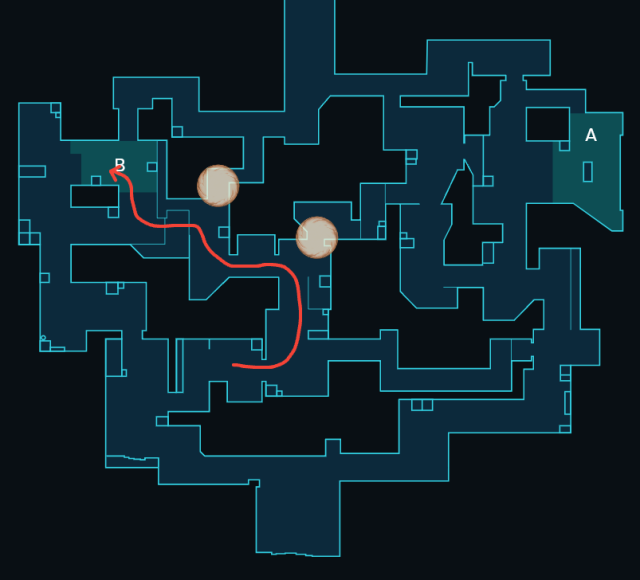
Here is an example of two smokes your controller can put down to help you gain Heaven control on B site.
For controller, sentinel, and any other agents who have area-of-effect or line-of-sight blocking abilities, here is a quick diagram of great places to use that utility. Some of these areas are already highlighted in our smoke diagram, and other areas are places defenders are likely to hide to catch you off guard.
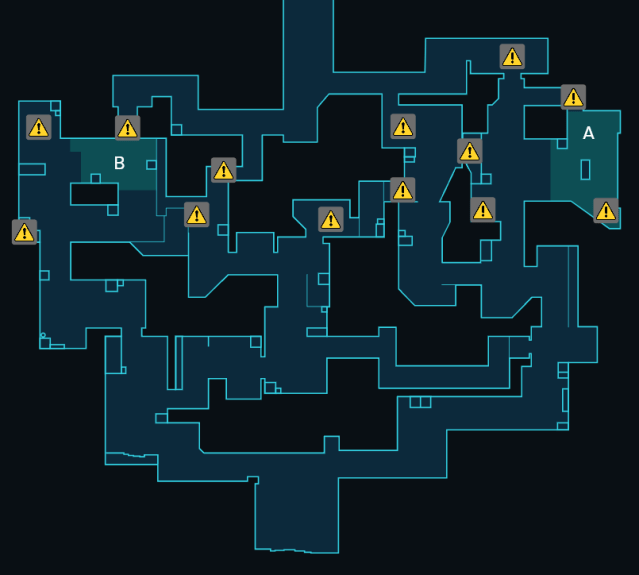
A major point we want to reiterate about Split is this map has tons and tons of corners, and it is extremely easy to forget to check one or miss a defender in the shadows. Always check your corners and have your teammates’ backs!


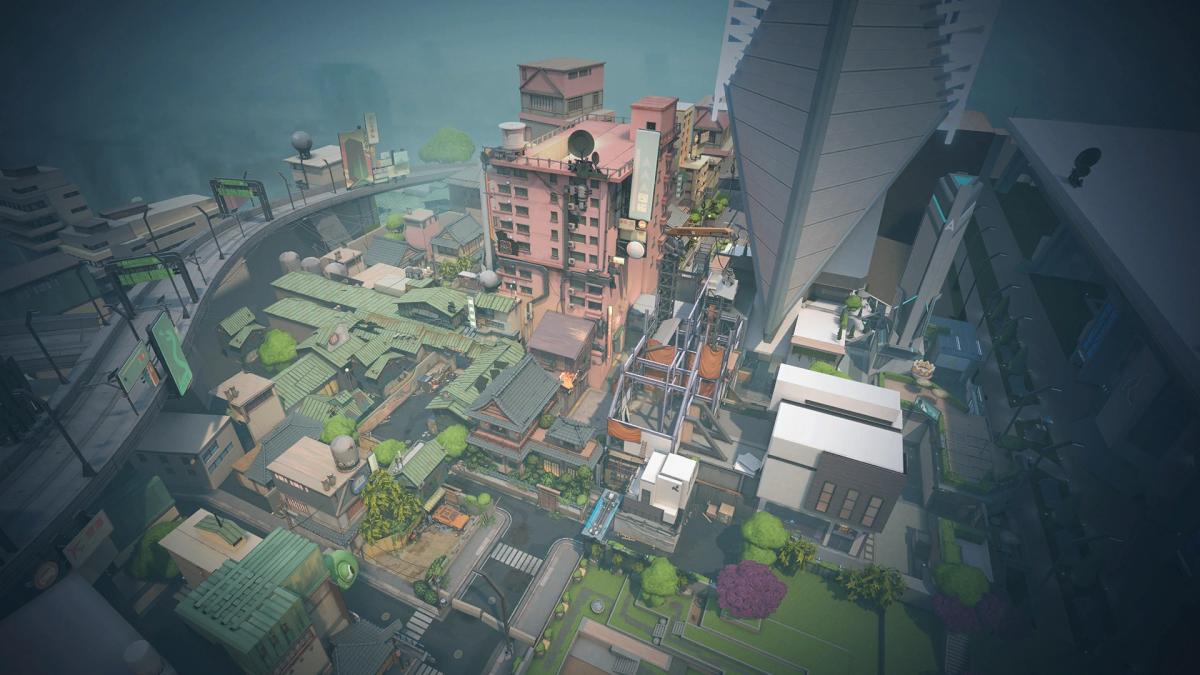
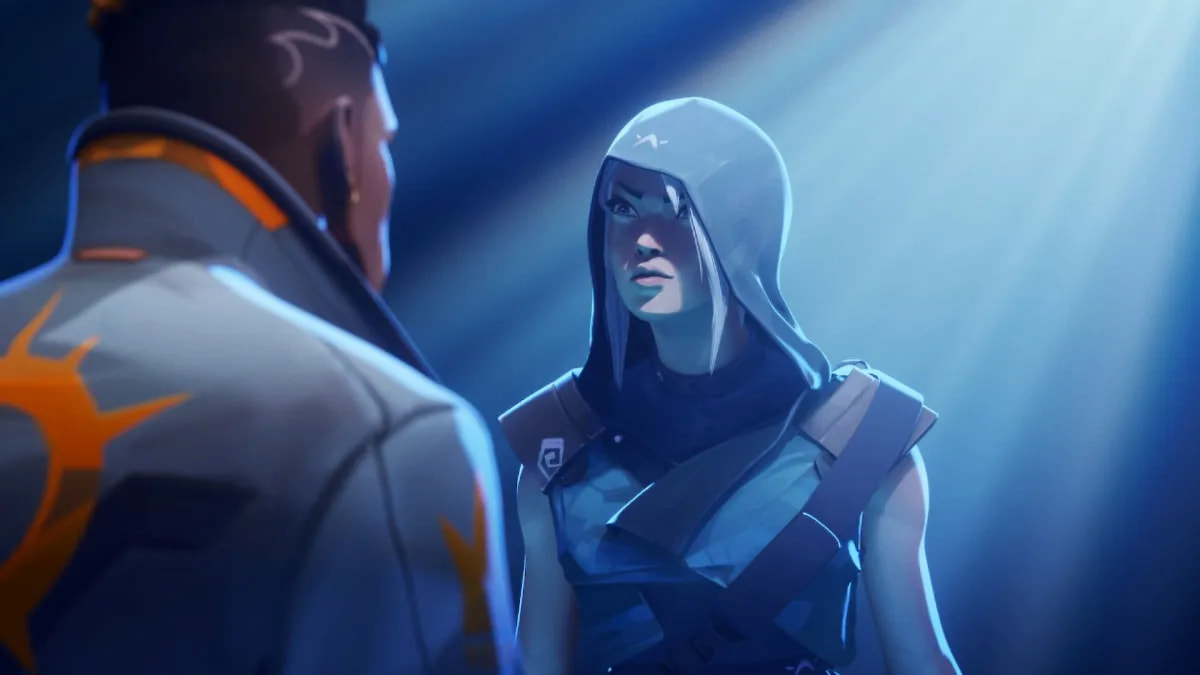
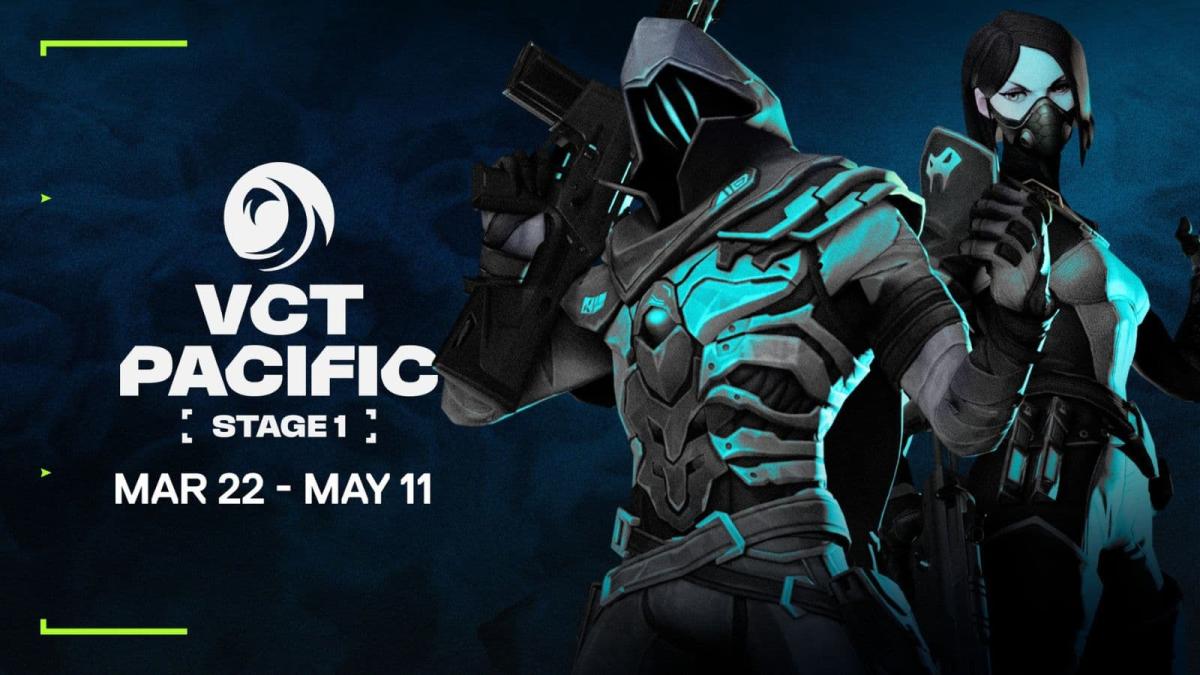
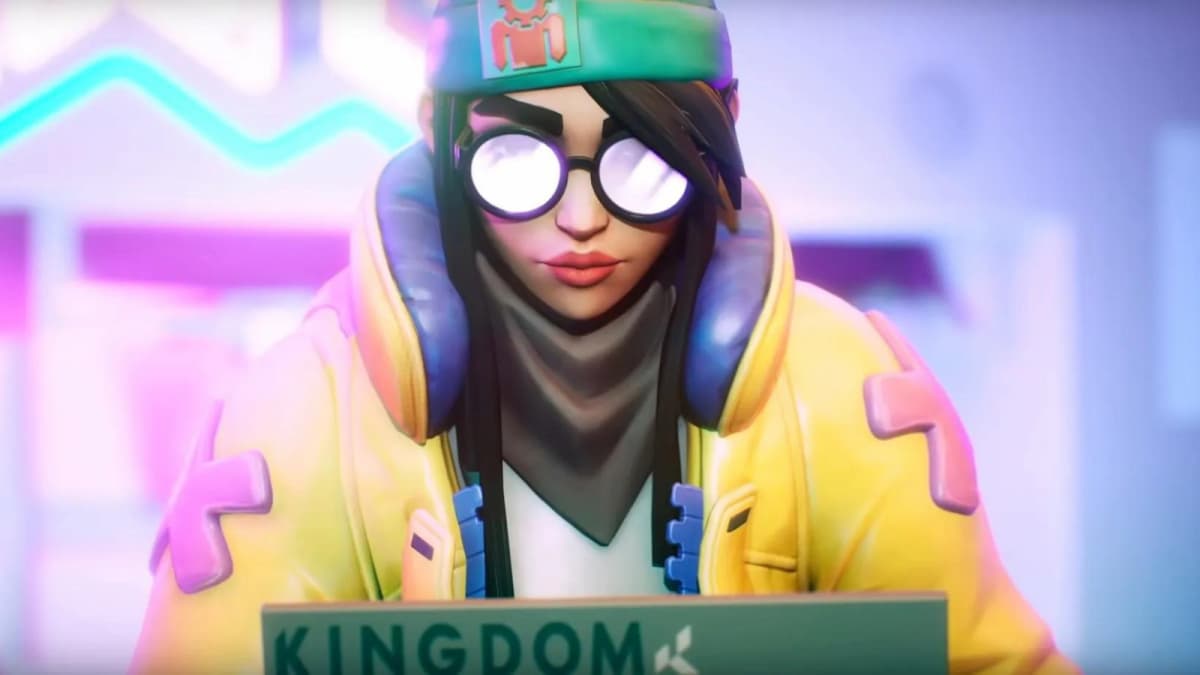
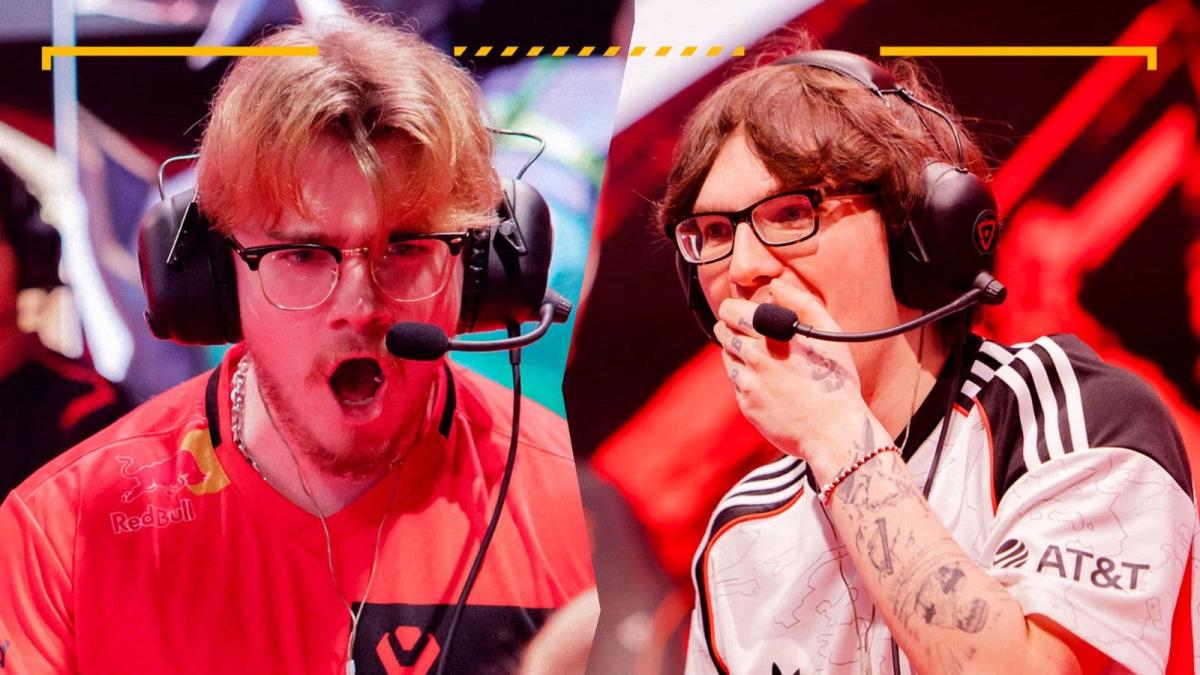
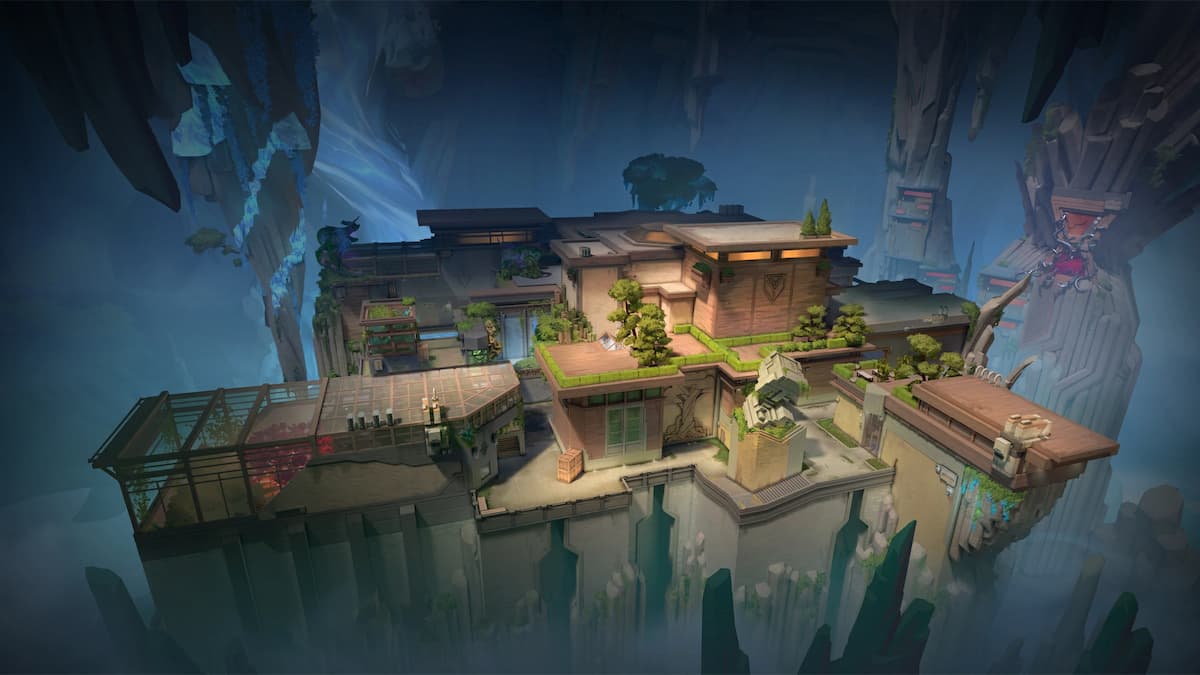
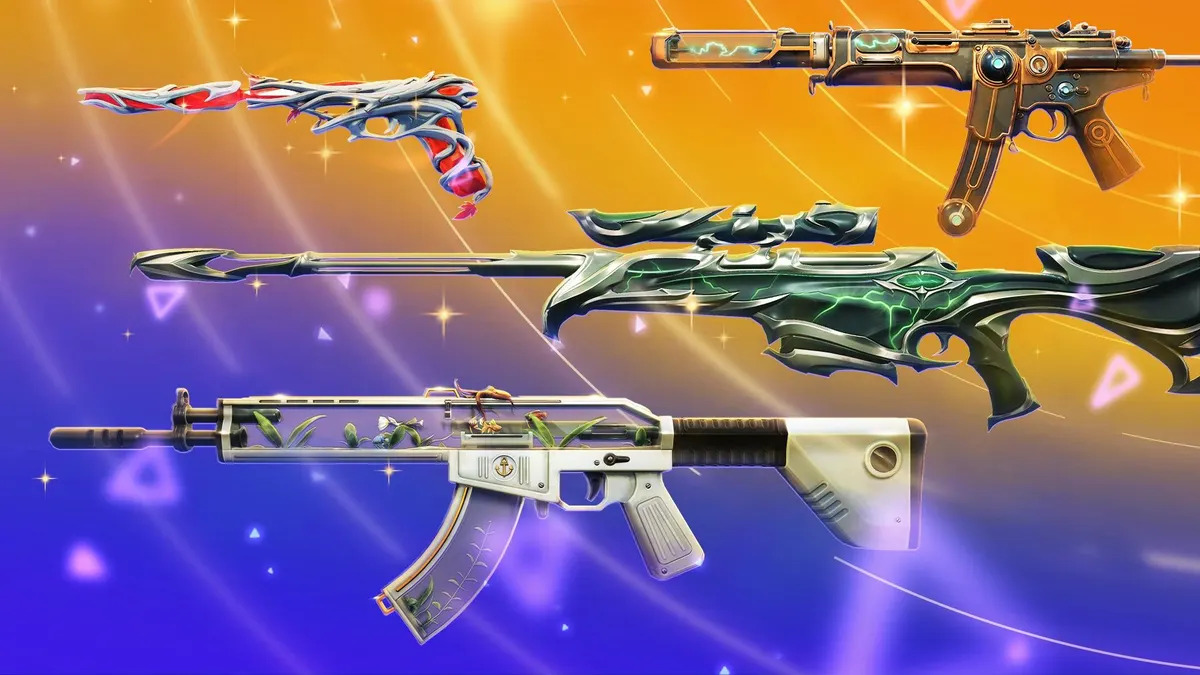

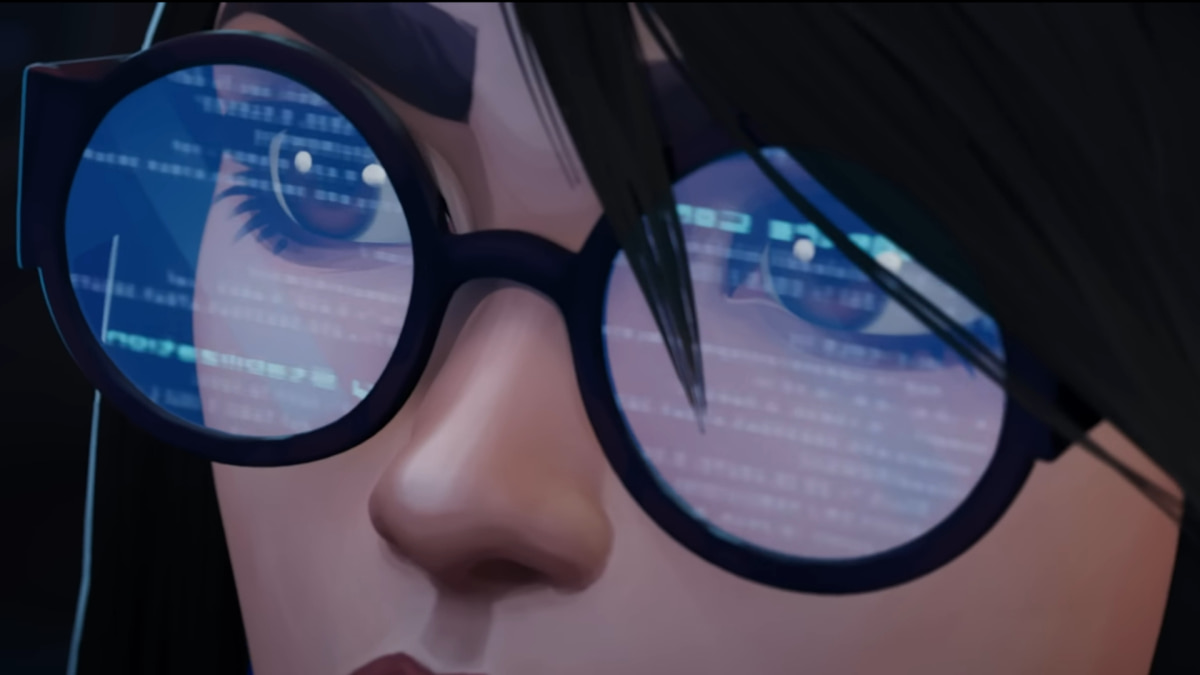
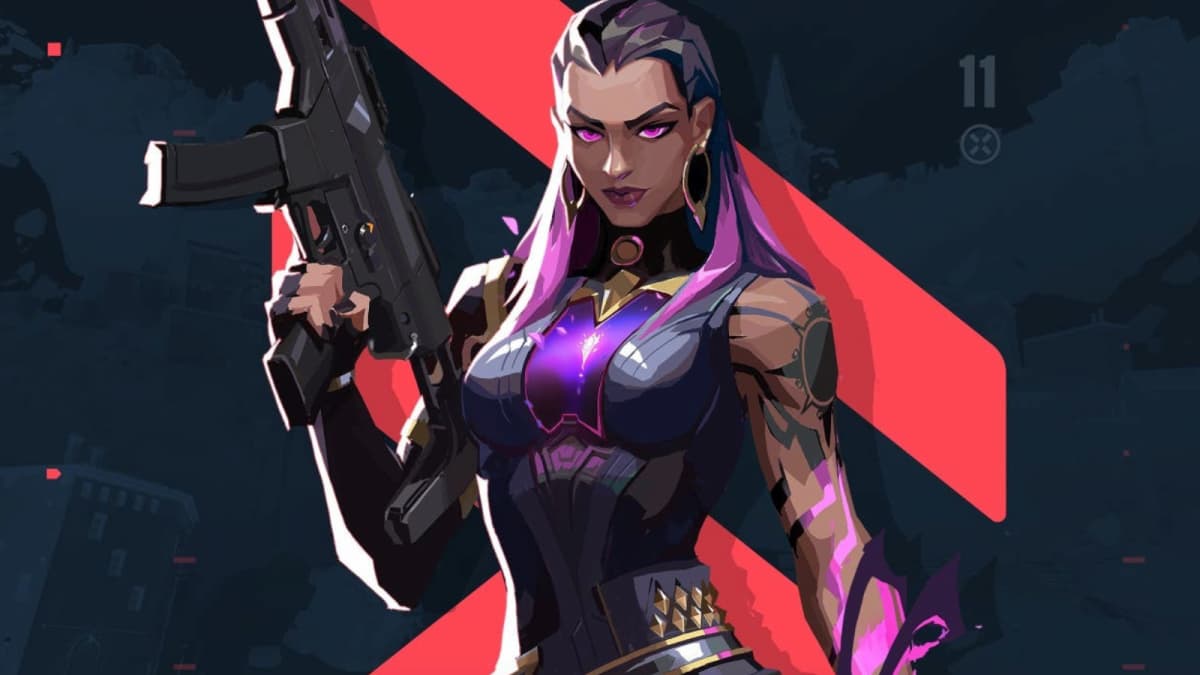
Published: Nov 20, 2023 12:03 am